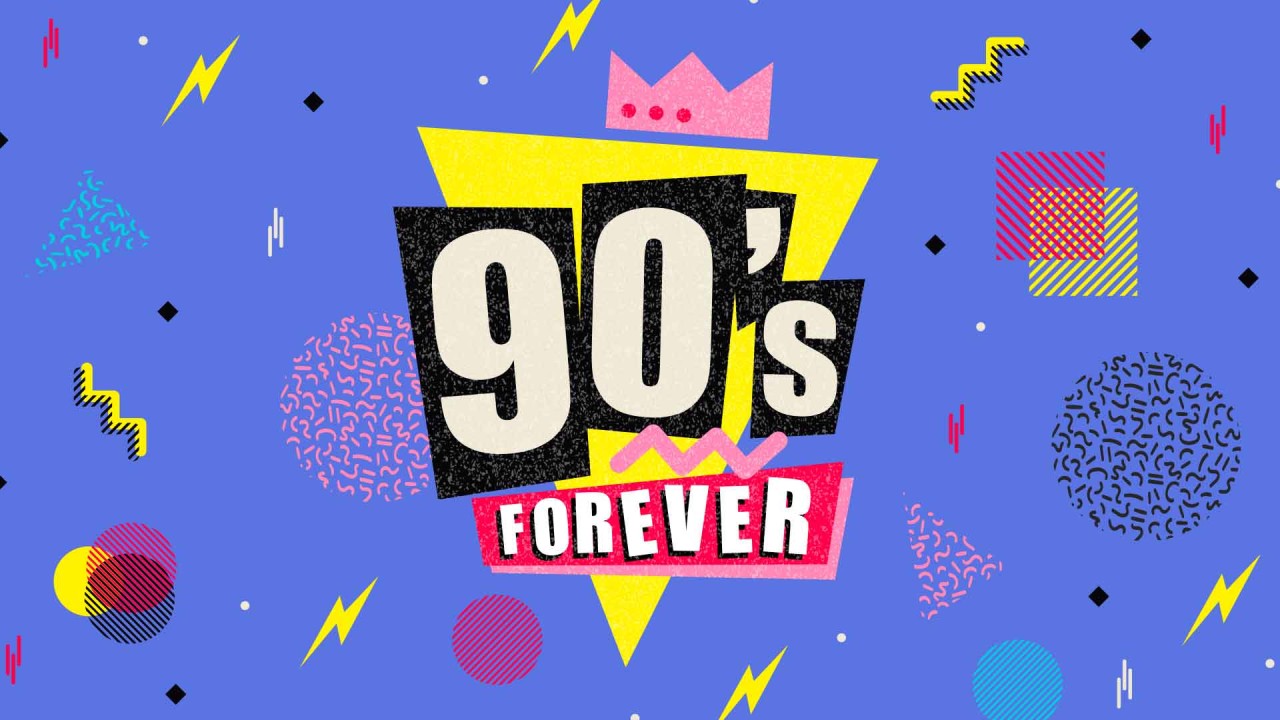.
3 ways to capture a Gen Z’s heart in the workplace
Picture the scene: A young graduate sits down for their first job interview opposite a distinguished panel of senior leaders across an organisation. The pleasantries out of the way, it’s not long before the grilling starts in earnest:
- “Describe a time you went above and beyond to help a team member.”
- “What’s your biggest weakness?”
- “Tell me about your 3, 5 and 10-year goals…”
- “What are you doing to reduce your carbon footprint?”
The panel doesn't know what’s hit them! And by the time they manage a spluttered answer or two, it’s too late: the grad student has already decided that only three work-from-home days per week won't cut it anyway!
Perhaps I exaggerate for comedic effect (forgive me, I’m a Laughologist, after all!), but - as a group - Gen Z does seem to expect (and need?) more from work than ever before. These expectations can be challenging to meet and perhaps even difficult to understand at times. But understand we must, because with Gen-Z now accounting for nearly 25% of the workforce (and climbing), the tough challenge of keeping these socially conscious, values-driven, wildly ambitious and talented newcomers engaged, motivated and retained within our organisations ain’t going away!
So, how can you keep Gen Z happy without losing your shirt - or your rag? Well, the good news from a financial standpoint is that, in a recent survey by Meta Workplace, 96% of Gen Z said ‘feeling valued’ is important to them, 80% cited the opportunity to learn new skills, and 79% mentioned their manager caring about their personal development. So despite the headlines of these money-grabbing, hard-balling newbies, it seems that, in reality, the key to their happiness may not lie solely in the bottom line after all.
With that in mind, here are a few ways to Gen Z’s heart that anyone can implement immediately for no-or-low financial investment.
1. Listen to lead
Great leadership starts with deep listening, which means listening to understand and listening to learn rather than simply listening for our chance to interrupt/save the day. This sounds simple, but it is actually ridiculously hard! Pay attention to your interactions over the next 24 hours - you may be shocked (especially if you find yourself visiting the folks for the weekend…). But never fear: listening can be improved, and the return on investment is massive. Want to know how to keep your teams happy, motivated, and engaged? Listen well and enough, and they’ll tell you.
If in doubt, stick to asking curious and open questions. Any question that begins with Why, When, What, Who, Where or How is likely to be a good ’un. And my personal favourite, courtesy of Nancy Kline, “What else…?” Kline found through her practice that this question alone could unlock someone’s immense inner resources, leading not only to the discovery of previously unidentified problems - but to their solutions, too!
By asking ‘what else…?’ (sometimes for the entire session!) Kline nurtured what she refers to as a ‘thinking environment’ - one in which the person being coached feels seen and heard and can bring all their creativity to the conversation. Dr Paul Redmond takes listening to the younger generation one step further by encouraging organisations to participate in ‘reverse mentoring’ whereby leaders are mentored by the young recruits they brought onto the team!
2. Communication is Key
Following on from listening, we have to flex our preferred communication style if we want to reach every member of our team. There’s no point bemoaning Gen Z's notoriously short attention span (we were raised on Sesame Street; they were raised on Snapchat!), so it's best to practise the art of brevity (says Mr Waffle Pants).
If in doubt, remember: a picture paints a thousand words. And a funny picture paints them in neon green! I’m not suggesting you start packing your watercolours instead of your laptop, but I am making a case for the humorous use of illustrative language, stories and even memes/ posts to leverage information.
In their book ‘Made To Stick’, Chip and Dan Heath argue that information delivered via an emotionally charged story is exponentially more powerful than the bare facts alone. And although man would instinctively agree with this idea - do we all habitually use stories to help our audiences/teams understand, absorb and care about what we’re saying?
We don’t have to be the next Spielberg, either. Finding the human story or humorous image that illustrates the point will keep our communications brief yet powerful. And Gen Z will be less likely to zone out or ‘2x’ you if catching up on Zoom. (Be under no illusions- this is happening!)
But how?
As with most things, awareness is the place to start. Even noticing we have a communication style at all goes a long way to helping us adapt that style should we find it’s not helping us connect. For example, I love a hug. I always hug my friends and family when I see them, but my mother-in-law is not a hugger. So when she comes to visit, I give her a warm smile, offer to take her bags and allow her to enter the house unhugged. Because my aim is not to hug her but to make her feel welcome. Once we know our style, we can choose to change it if it doesn’t suit our aims.
3. Provide regular learning opportunities
If you're not someone who used to jump out of bed on a school day, it may surprise you that learning and development is fast becoming a key factor in employee retention. In fact, LinkedIn's 2019 workplace report found that 94% of respondents would be more likely to stay in their organisation if employers invested in their learning.
This trend is only increasing with the newest generation of workers: Gen Z / ‘Zoomers’. And you can understand why they are so keen to keep evolving their skills, given they’ve seen jobs evaporate, even in the most profitable industries and companies on earth - in 2023, for example, Meta doubled down on their share price by doubling down on job cuts. Therefore, if you want your Gen Z-ers to stay put, you must keep them moving forward, personally and professionally.
And not only is learning a fantastic way to improve our teams’ loyalty and engagement, but we can leverage it even further by using the act of learning itself to upgrade our teams’ neurology, leading to better thinking and better results.
And here’s the best news of all. Making learning fun not only makes for a more enjoyable experience, but that experience is also more valuable in real terms - and that’s where we come in. You’re welcome.
At Laughology, we’re on a mission to make work your happy place by creating learning experiences that make the most of your teams and their time. If you’d like to know more about developing better communication, improving your listening skills or factoring in a DOSE of happiness into your team’s working day, then just drop our Doug a line, and he’ll be happy to help.
























